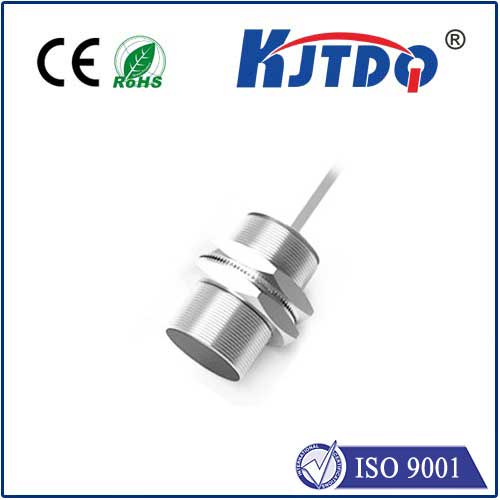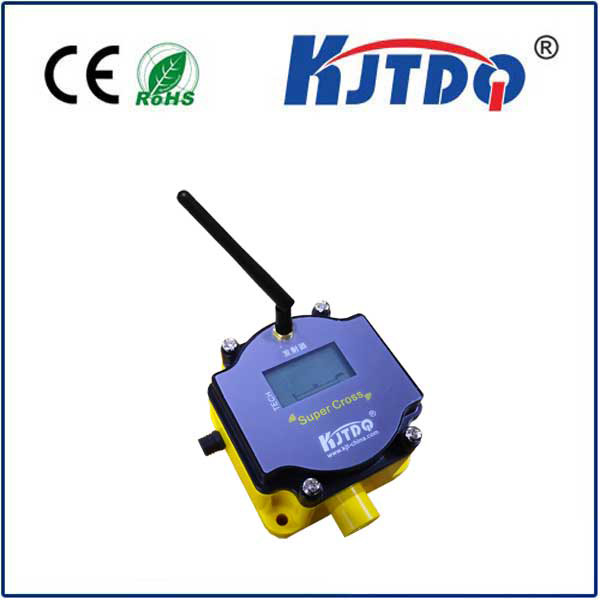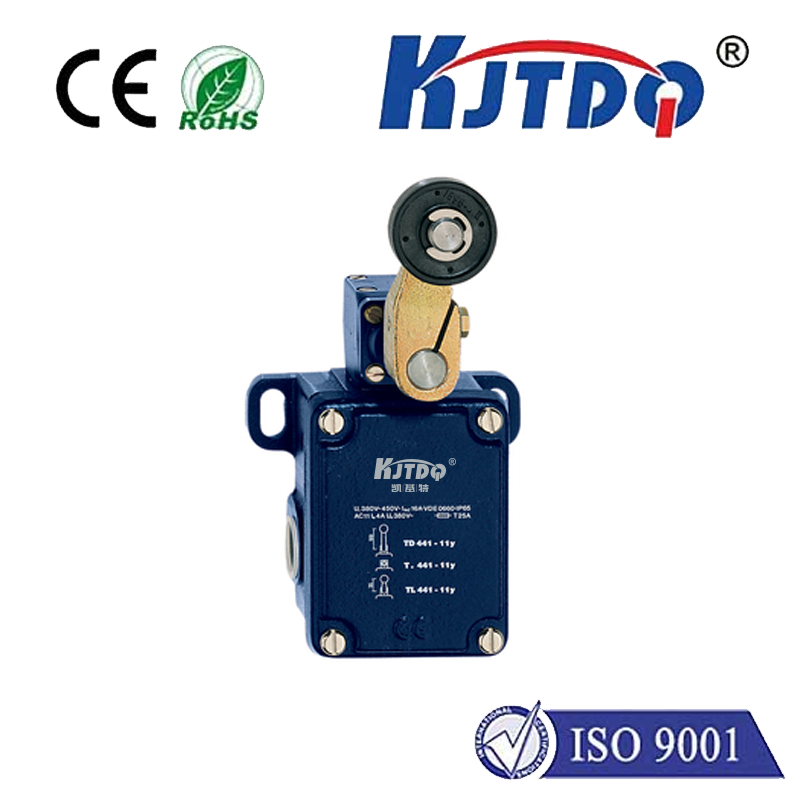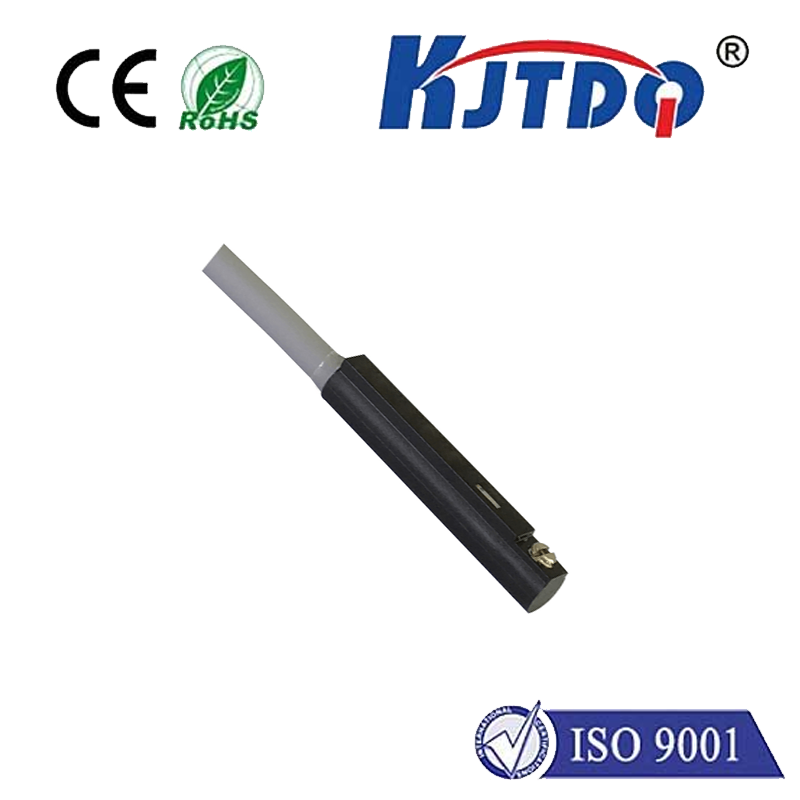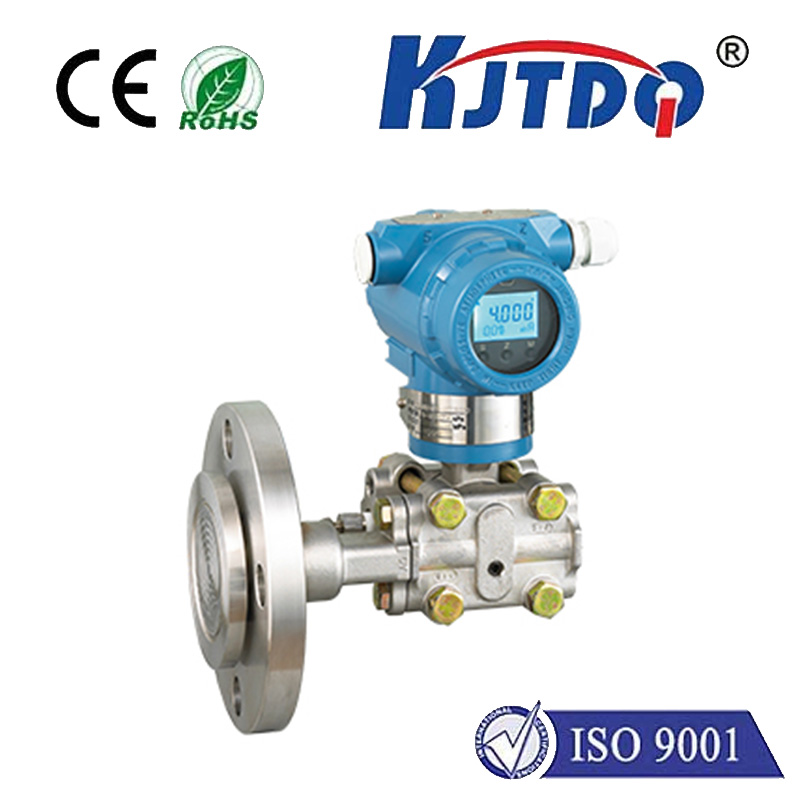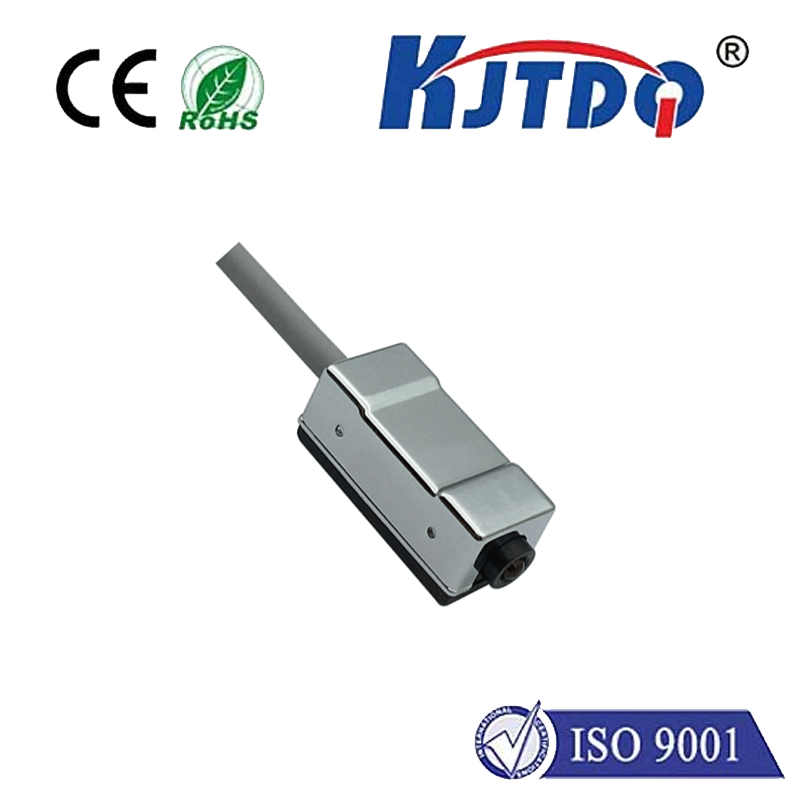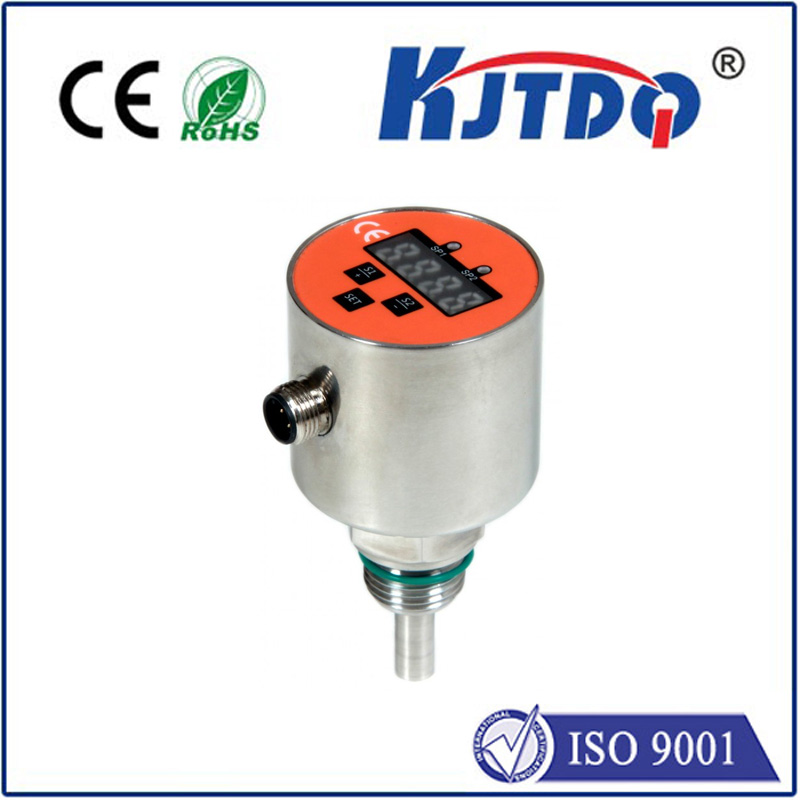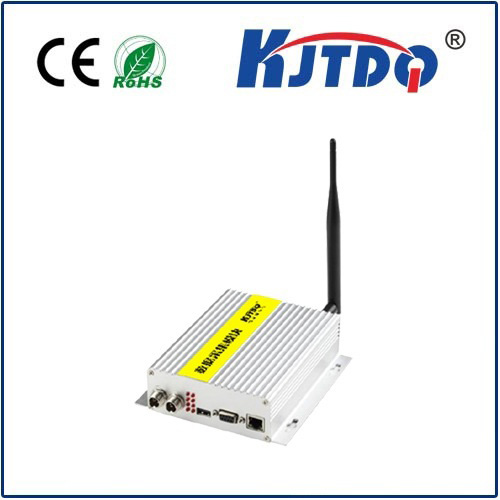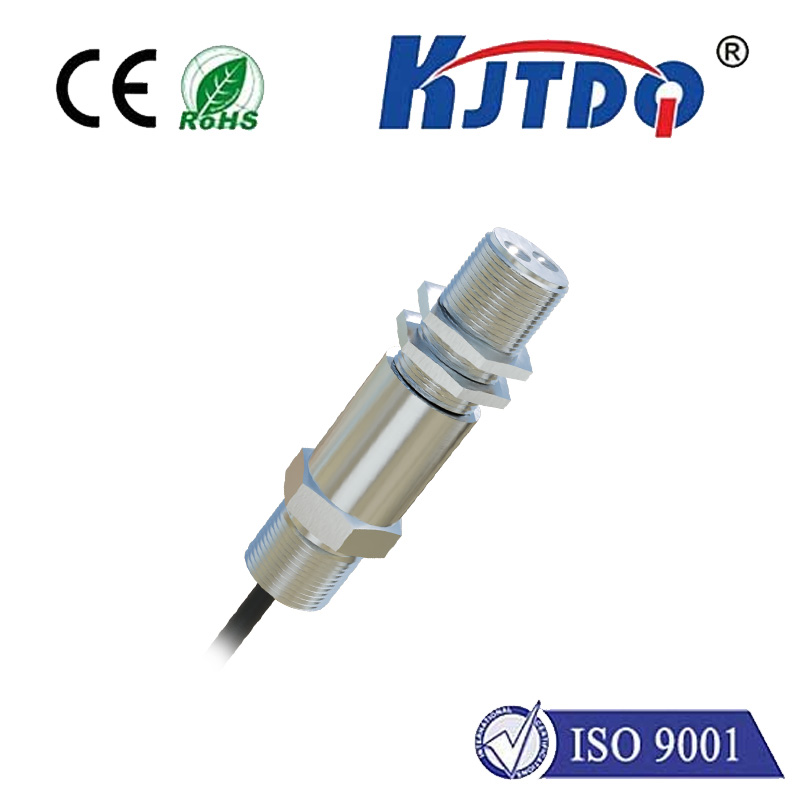photoelectric sensor qs18vn6cv45
- time:2025-09-10 20:17:05
- Click:0
QS18VN6CV45 Photoelectric Sensor: Robust Detection for Demanding Industrial Applications
Imagine a bustling bottling plant where containers zip down the line at blinding speed. Now, picture the chaos if sensors failed to reliably detect a bottle’s position, causing jams, spills, and costly downtime. In the demanding world of industrial automation, consistent and dependable object detection isn’t just convenient – it’s critical. This is where rugged, high-performance sensors like the Banner Engineering QS18VN6CV45 Photoelectric Sensor shine, offering the resilience and precision needed to keep operations running smoothly even in tough environments.
Understanding the QS18VN6CV45: A Workhorse Sensor
Photoelectric sensors function by emitting a beam of light (visible or infrared) towards a target. The presence or absence of the target is detected based on the amount of light received by the sensor’s receiver. The QS18VN6CV45 belongs to Banner’s QS18 family, renowned for its durability and versatility. Breaking down the model number provides key insights:
- QS18: Indicates the sensor’s compact, cylindrical threaded barrel housing (18mm diameter), a common industrial standard.
- V: Signifies the sensor operates using visible red light. This is a significant advantage over infrared (IR) sensors because the visible beam aids immensely in setup, alignment, and troubleshooting – technicians can literally see where the beam is pointed.
- N: Denotes that this is a NPN output configuration. NPN sensors are widely compatible, sinking current to the load connected to the sensor’s output.
- 6: This number typically relates to the sensing range or output type specification within Banner’s coding. For the QS18VN6CV45, it confirms the visible red emitter and specifies its standard operating range.
- C: Specifies the output type as normally closed (NC). In this state, the output is ON (conducting) when no target is detected, switching OFF when the target interrupts the beam.
- V45: Indicates the specific connector style – a versatile, industry-standard 4-pin M12 quick-disconnect connector, facilitating easy installation and replacement.
Engineered for Resilience: Key Features and Benefits

The QS18VN6CV45 excels precisely because it’s built for the harsh realities of industrial settings. Key attributes include:
- Exceptional Environmental Protection: Its robust construction boasts an IP67 rating. This means it is completely protected against dust ingress (IP6X) and can withstand immersion in water up to 1 meter depth for 30 minutes (IPX7). This makes it ideal for washdown areas, foundries, outdoor applications, and anywhere exposure to dust, dirt, oils, coolants, or moisture is a concern.
- Visible Red Light Advantage: As mentioned, the visible red LED emitter is a game-changer. Alignment becomes intuitive, reducing installation time. Diagnostics are simplified – if the beam is visible on the target or receiver, alignment is likely correct. Quick visual checks prevent unnecessary downtime. This contrasts sharply with IR sensors, where alignment relies solely on indicator lights or measurement tools.
- Rugged Metal Housing: The core housing is constructed from metal, providing superior resistance to physical impact, vibration, and environmental stressors compared to plastic-bodied alternatives. This inherent toughness ensures long operational life in demanding locations.
- Reliable Through-Beam Operation: The QS18VN6CV45 functions as a through-beam sensor. This requires two separate units: an emitter (which houses the light source) and a receiver (which detects the light). The emitter sends the beam directly to the receiver. A target is detected when it physically breaks this beam. Through-beam sensors offer the longest sensing ranges and are generally the most reliable detection method, especially for small, low-contrast, or fast-moving objects, as they are less affected by target color, reflectivity, or surface texture.
- Standard Sensing Range: While specific models vary, the QS18VN6CV45 typically offers a practical sensing range suited for many industrial tasks (commonly several meters), providing flexibility in machine design.
- NPN Output (Normally Closed): The NPN configuration is widely used and compatible with many PLCs and controllers. The Normally Closed logic (output ON when no target is present) is a common and often preferred configuration for safety and fail-safe applications, such as detecting when a guarding system is open.
Where the QS18VN6CV45 Makes a Difference: Applications
The combination of robustness, visible light, through-beam reliability, and NPN output makes the QS18VN6CV45 invaluable across a broad spectrum of industries:
- Packaging Machinery: Detecting presence/absence of boxes, cartons, bottles, or cans on high-speed conveyors. Ensuring proper case packing and tray loading. Confirming flap closure.
- Material Handling & Logistics: Monitoring pallet presence on conveyors, racking systems, or AS/RS. Verifying container positioning for automated guided vehicles (AGVs). Detecting parcels on sorting lines.
- Food & Beverage Processing: Counting bottles or cans. Detecting product jams in filling lines. Verifying cap placement. Monitoring product levels in hoppers (using flag targets). Its washdown rating (IP67) is crucial here.
- Automotive Manufacturing: Detecting parts on assembly lines (e.g., engines, doors). Verifying component presence before robotic welding or assembly. Confirming fixture engagement.
- Printing & Converting: Detecting web breaks. Registering marks for cutting or folding. Sensing media presence at infeed/outfeed stations.
- General Machinery: Position sensing of cylinders, slides, or guards. Object counting. Jam detection in machinery.
Installation and Best Practices
Leveraging the QS18VN6CV45 effectively requires attention to installation:
- Secure Mounting: Utilize the sensor’s threaded barrel with appropriate brackets to ensure rigid mounting. This minimizes vibration effects and maintains precise alignment between emitter and receiver.
- Precise Alignment: Take advantage of the visible red beam. Carefully align the emitter directly onto the receiver’s lens. Even slight misalignment can drastically reduce effective range or cause intermittent operation. Indicator lights on both units provide confirmation when the beam is properly received.
- Environmental Considerations: While tough, avoid mounting directly where heavy impacts occur or where powerful water jets directly hit connectors. Ensure wiring follows proper practices and is protected in conduit if necessary.
- Electrical Connection: Correctly wire the 4-pin M12 connector according to the sensor’s datasheet and your control system’s requirements, paying close attention to the NPN NC output configuration.
Conclusion: The Reliable Choice for Harsh Environments
In the relentless pace of modern industry, reliability is non-negotiable. The Banner Engineering QS18VN6CV45 Photoelectric Sensor embodies this principle. Its IP67-rated, metal housing provides exceptional protection against dust, water, and physical abuse. The visible red light emitter drastically simplifies setup and maintenance, cutting downtime. As a through-beam sensor with NPN NC output, it delivers consistent, long-range detection of diverse objects, even small or low-contrast ones, in demanding conditions ranging from dusty warehouses to wet food processing lines. For engineers and maintenance teams seeking a robust, dependable, and easy-to-use sensing solution proven to enhance uptime and operational efficiency, the QS18VN6CV45 photoelectric sensor remains a benchmark choice for countless object detection challenges.






